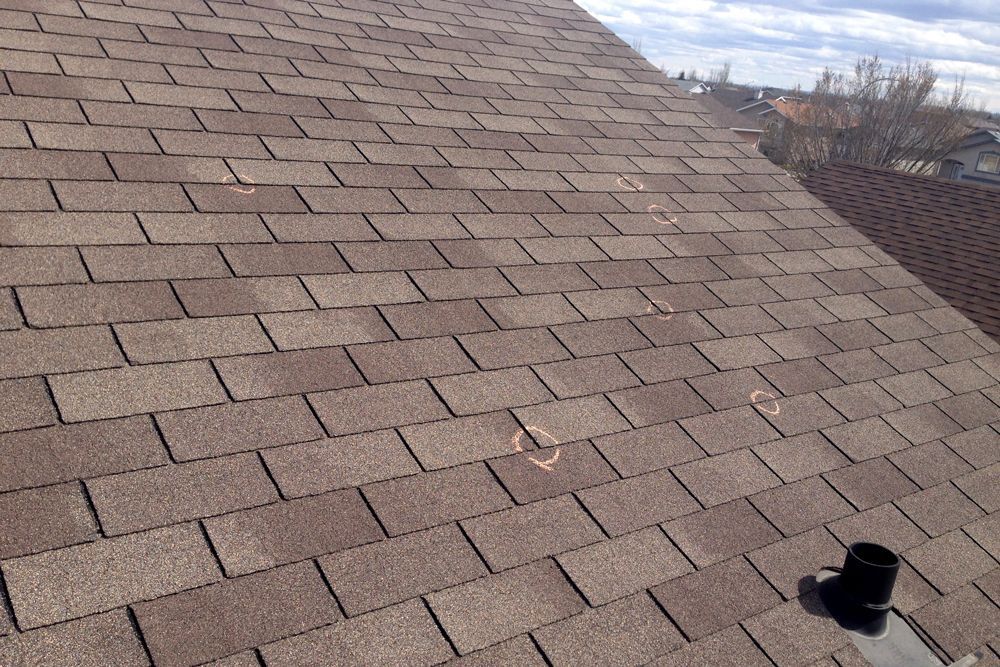“Preventative maintenance: don’t start today by doing yesterday’s work,” Deniece Schofield. We’re going to be honest, we don’t have a clue who she is but the advice is sound.
A colleague once told me a story about how an angry homeowner called him to perform a re-inspection of his dwelling roof. The contractor could tell by the homeowner’s tone of voice that he was fighting mad as he felt he should have his roof replaced due to the extent of water damage to his home interior; however, both the interior damage and the roof was denied by his insurance company because the insurance adjuster could not find any storm related damage.
“Wait, the homeowner had interior water damage following a storm, how was it determined by his insurance adjuster that he had no storm related damage? And where did the water damage come from if not from a damaged roof?” Excellent questions.
The homeowner requested a re-inspection with a new insurance adjuster who regurgitated the same bad news: the roof had no storm related damages. So why was this insured so upset that he contacted a contractor to perform an additional roof inspection? Because no storm damage does not mean no storm damage.
Wow! That’s confusing. The homeowner filed his insurance claim following a heavy rain storm, with strong wind, upon noticing what appeared to be water damage to the drywall in his living room. The insurance company denied the interior damages, per policy, on the grounds that there was no storm created opening. Also, no estimate was provided for the roof as there were not missing or creased shingles to be seen. But the water had to have entered his dwelling somewhere, right? Absolutely.
Our contractor friend climbed up on the homeowner’s roof, searching for any storm created openings, missing or creased shingles, or hail impacts to the asphalt shingles. Having inspected the interior water damage, he narrowed down the area on the roof that the water must have been entering the dwelling and voila! He found the source of the water damage to the drywall: wind driven rain through a deteriorated pipe jack.
We would like to tell you that this is uncommon, but unfortunately it happens regularly as most homeowners neglect their roofs until it is too late and interior damage has manifested. See how that opening quote is super relevant now? Nobody wants to be stuck with a bill for something that was preventable and storm damage is no exception.
Often, a deteriorated pipe jack goes overlooked during inspections, especially following a major storm event when eager roofers are looking for a sale. The pipe jack flashing or roof jack is a seal around a pipe that [ideally] prevents water from entering a dwelling. Many of the soft metals or roofing implements on your roof have some sort of barrier that shields water from seeping into your home during a storm. However, when these barriers break down, they ultimately fail to keep water out.
The average pipe jack (or roof jack) has an estimated life expectancy of 5 to 10 years. When you consider that the average roof has a life expectancy of 20 to 30 years, you can see how the math ain’t mathing. Prolonged heat and sun exposure can cause the rubber of the pipe jack flashing to dry out and break down, leaving an easy entrance for wind driven rain. Because dry rot is neither sudden nor accidental, it falls under wear and tear, it is typically not covered by your insurance.
Pipe jack flashings are relatively inexpensive, ranging between $10 to $50 depending on the quality and material. Let’s put that into perspective: the above homeowner racked up roughly $2,000 worth of interior water damage, that was not covered by his insurance policy, due to a $10 roof implement.
Now, unless you are doing the labor yourself, you will need to hire a roofer to replace that pipe jack flashing for you. The average cost of labor for roof repairs is approximately $400. This falls below most deductibles so many people choose not to have it done; but the thing is, even if you had a $5 deductible, your insurance company is probably not going to cover this damage as it is considered a maintenance cost and, per the terms of the average insurance policy, you are expected to properly maintain your home.
Let Hammer Down Help
As you can see, basic roof maintenance is a minor price to pay to avoid major catastrophe.
Fortunately, roof inspections are free, so it does no harm to routinely call up a roofer (we know a guy) to check your roof implements for signs of wear and tear. Let us give you peace of mind and help prevent unnecessary grief.





